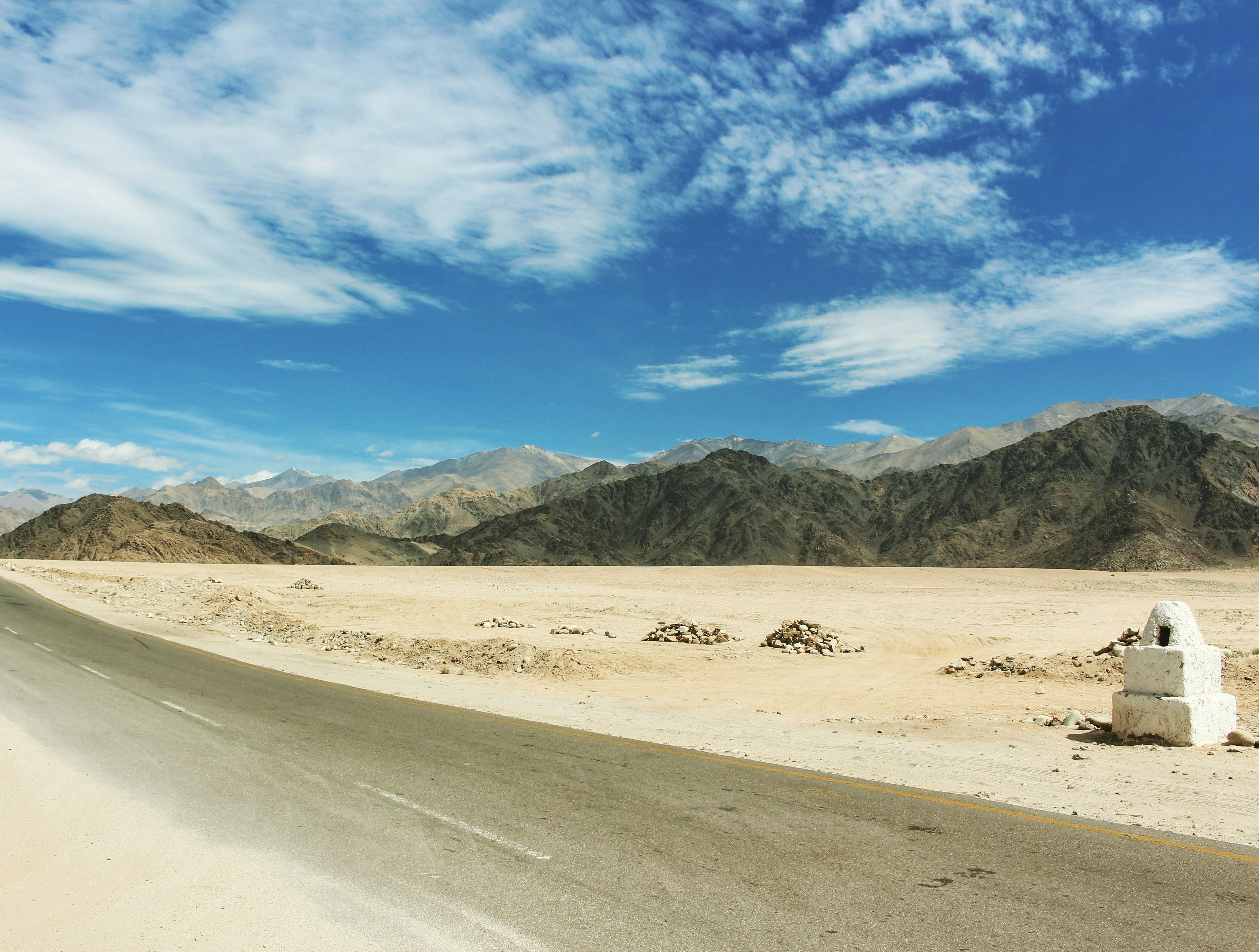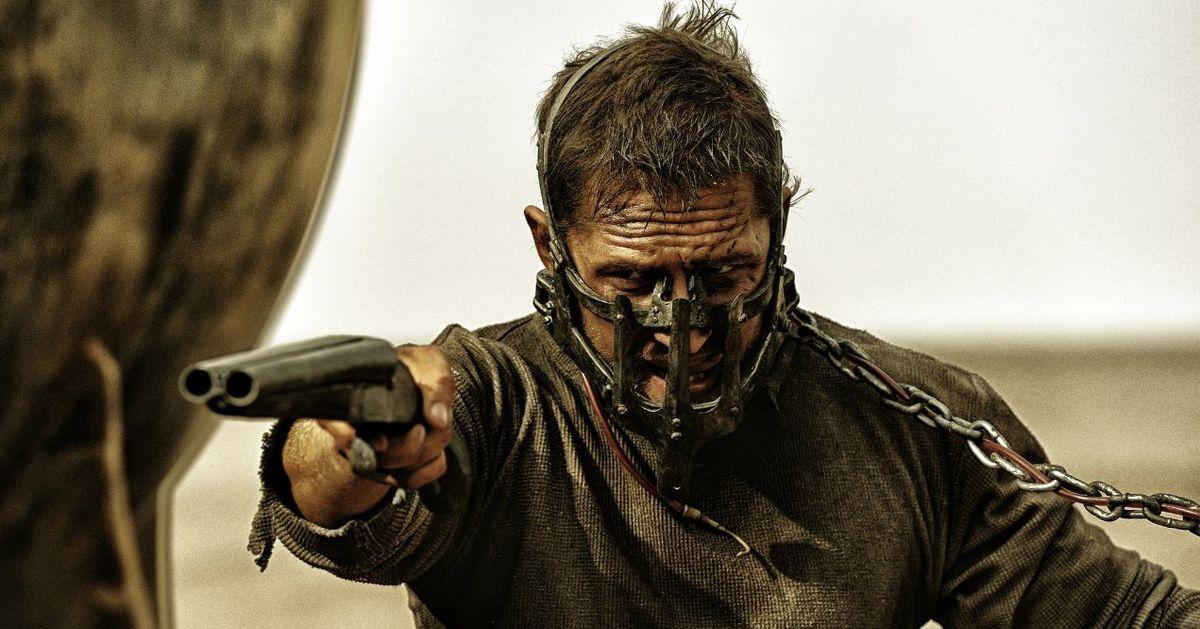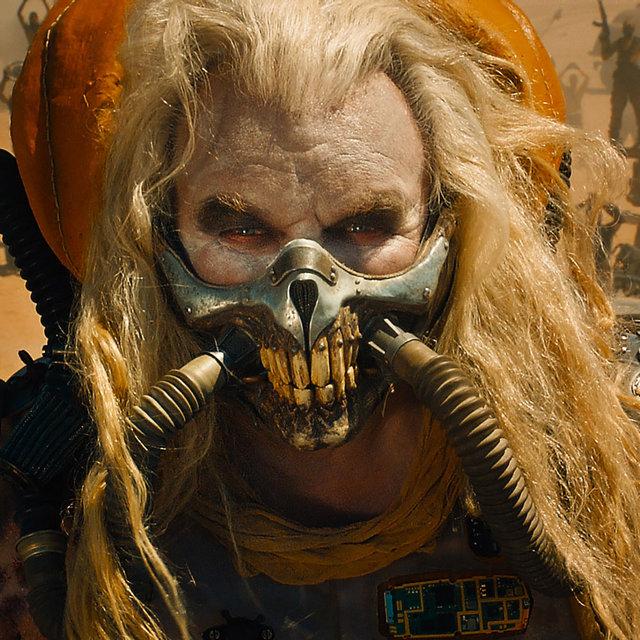Title:
In the vast, explosive landscape of action cinema, few films have left a mark as indelible as “Mad Max: Fury Road.” Released in 2015, George Miller’s visionary masterpiece not only reignited the post-apocalyptic genre but also redefined the very essence of action filmmaking. With its relentless pacing, groundbreaking practical effects, and nuanced storytelling, “Fury Road” set a new benchmark for the industry. This article delves into the innovative techniques and bold artistic choices that propelled “Fury Road” into the annals of cinematic history, transforming the way action films are conceived and executed. Through an analytical lens, we will explore how this film’s revolutionary approach has influenced filmmakers and reshaped audience expectations, heralding a new era of dynamic, immersive storytelling.
Practical Effects and Stunt Innovation
In a cinematic landscape increasingly dominated by CGI, Mad Max: Fury Road stands out for its bold commitment to practical effects and stunt work. Director George Miller’s decision to prioritize real-world stunts over digital trickery resulted in a visceral, tangible experience that captivated audiences. The film’s relentless chase sequences, set against the stark backdrop of the Namibian desert, were brought to life with innovative techniques that pushed the boundaries of traditional filmmaking.
- Real Vehicles, Real Danger: The film employed over 150 custom-built vehicles, each meticulously designed for maximum impact. From the iconic War Rig to the spiked hedgehog-like cars, these machines were not only functional but also integral to the narrative.
- Unprecedented Stunt Work: Stunt coordinator Guy Norris orchestrated a symphony of high-octane action, using a blend of seasoned stunt performers and state-of-the-art rigging systems. The result was a series of jaw-dropping sequences that felt both authentic and exhilarating.
By seamlessly integrating practical effects with select digital enhancements, the film set a new benchmark for action cinema. It proved that tangible, real-world elements could coexist with modern technology to create a more immersive and impactful viewing experience.
Narrative Depth in High-Octane Chaos
In the whirlwind of dust and adrenaline that defines Mad Max: Fury Road, a surprising layer of narrative depth emerges, setting it apart from conventional action films. Director George Miller masterfully crafts a story that transcends the typical car-chase spectacle, embedding profound themes within the chaos. The film’s world-building is intricate, portraying a dystopian society where resources are scarce, and survival is paramount. This backdrop serves as a canvas for exploring complex human emotions and societal critiques.
- Character Development: Despite minimal dialogue, characters like Furiosa and Max convey rich backstories and motivations through their actions and interactions.
- Thematic Depth: Themes of redemption, freedom, and the struggle for identity are woven seamlessly into the narrative, adding layers to the relentless pursuit across the desert.
- Visual Storytelling: The film’s use of color, framing, and pacing enhances the narrative, turning each explosive scene into a storytelling device that reveals more about the world and its inhabitants.
This blend of high-octane action and narrative sophistication has set a new standard, proving that even the most frenetic films can carry a weighty story, resonating with audiences long after the dust has settled.

Empowering Characters and Diverse Representation
In “Mad Max: Fury Road,” the action genre was not only redefined by its breathtaking stunts and visuals but also through its commitment to empowering characters and showcasing diverse representation. The film centers on Furiosa, a fierce and resilient warrior played by Charlize Theron, whose presence challenges the traditional male-dominated narrative of action heroes. Furiosa is portrayed as an equal to Max, with her own compelling backstory and motivations, subverting the typical damsel-in-distress trope and offering audiences a multidimensional female protagonist.
The film also highlights a spectrum of characters, each contributing uniquely to the story’s richness. The inclusion of the Vuvalini, a tribe of warrior women, underscores a commitment to diverse female representation and age inclusivity, showcasing strength in various forms. Furthermore, the diverse ensemble cast reflects a broader spectrum of identities and backgrounds, which is crucial in an industry often criticized for its lack of representation. This approach not only enriches the narrative but also resonates with a global audience, proving that inclusivity and diversity can elevate storytelling to new heights.

Influence on Modern Filmmaking Techniques
Mad Max: Fury Road introduced groundbreaking techniques that have left an indelible mark on modern filmmaking. One of the most significant influences is its commitment to practical effects. Director George Miller’s choice to use real stunts over CGI created a visceral experience that many contemporary filmmakers now strive to emulate. The film’s innovative use of practical effects was complemented by its meticulous editing style, which maintained clarity and coherence even amidst chaotic action sequences. This approach has set a new standard, encouraging directors to blend practical and digital effects seamlessly.
Another major influence is the film’s bold color grading and cinematography. Unlike the desaturated tones typical of many action films, Fury Road embraced vibrant, contrasting colors to enhance its dystopian landscape. This visual style has inspired filmmakers to experiment with color palettes, pushing the boundaries of visual storytelling. Additionally, the film’s narrative structure, which prioritizes action over dialogue, has led to a reimagining of pacing in action films, proving that visual spectacle can effectively drive a story. Key takeaways from the film’s influence include:
- Emphasis on practical effects over reliance on CGI.
- Innovative editing techniques that enhance clarity.
- Bold color grading that challenges traditional norms.
- Action-driven narrative that redefines pacing.

